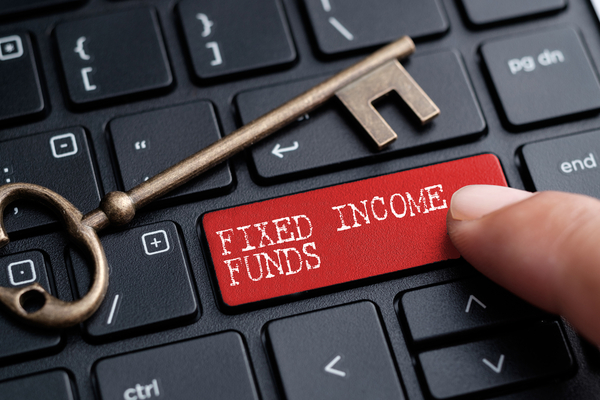Fixed income investors who want to surf the rising tide of interest rates should keep the VanEck Vectors Investment Grade Floating Rate ETF (FLTR) in their toolbox. FLTR can be used in tandem with a fixed income portfolio as a hedging component against rising yields.
Source: As Interest Rates Rise, Keep This Fixed Income ETF in Your Toolbox
It’s almost necessary given the current market environment where yields are ticking higher and higher.
“The relentless rise of U.S. bond yields, with 10-year yields on course for their biggest quarterly rise since the fourth quarter of 2016, earlier weighed on sentiment even as Chinese data suggested a solid global economic recovery,” a Reuters article noted.
As such, FLTR can provide fixed income investors with the perfect counterbalance when it comes to rising yields. The fund seeks to replicate as closely as possible the price and yield performance of the MVIS® US Investment Grade Floating Rate Index, which is comprised of U.S. dollar-denominated floating rate notes issued by corporate entities or similar commercial entities that are public reporting companies in the United States and rated investment grade.
No products found.
Overall, FLTR gives investors:
- Potential to Benefit from Rising Rates: Floating rate notes have variable coupons that reset periodically.
- Investment Grade Credit Quality: The underlying index is comprised of a non-leveraged portfolio of investment grade floating rate corporate bonds.
- Near-Zero Duration with Enhanced Yield Potential: Floating rate notes may offer higher yields than other short duration instruments.
- A Low Expense Ratio: Portfolio returns cost just 0.14%.

Thank Inflation for Rising Yields
No products found.
Last month inflation fears racked the capital markets.
“I would say the major driving factor seems to be inflation,” said Christine Benz, Morningstar’s director of personal finance. “It seems that investors are assuming that the combination of the stimulus package, growth in the economy as a result of the vaccine, a lot of factors, pent-up demand, could drive inflation in the future, and that in turn is what’s driving interest rates up, because there’s the anticipation that the Federal Reserve may act at some point in the future to stave off inflation. So, investors are trying to kind of get ahead of that action.”

